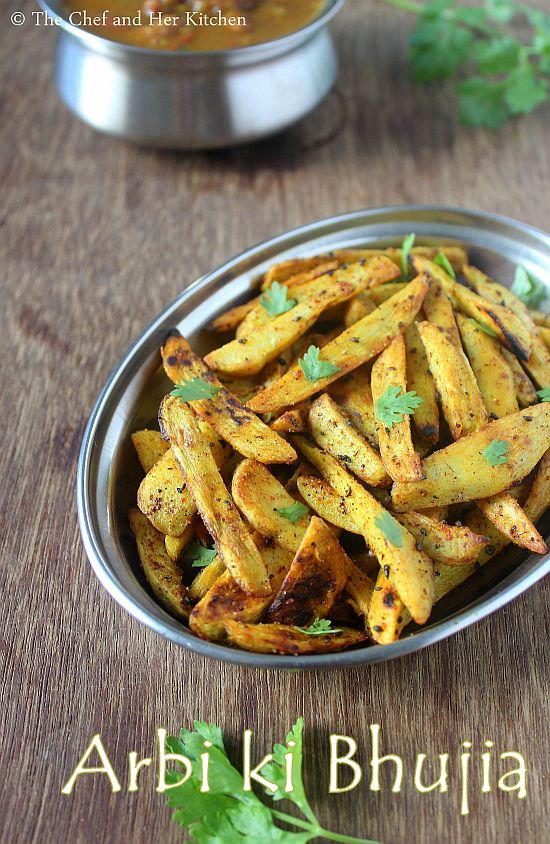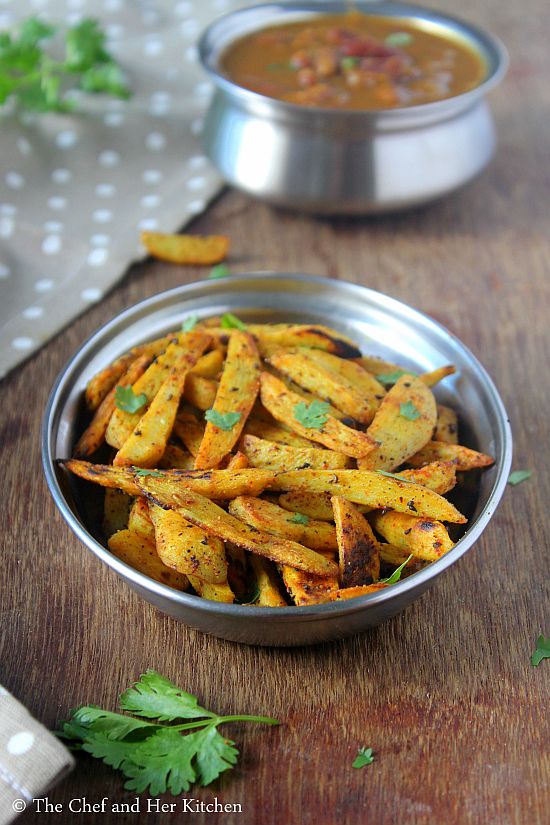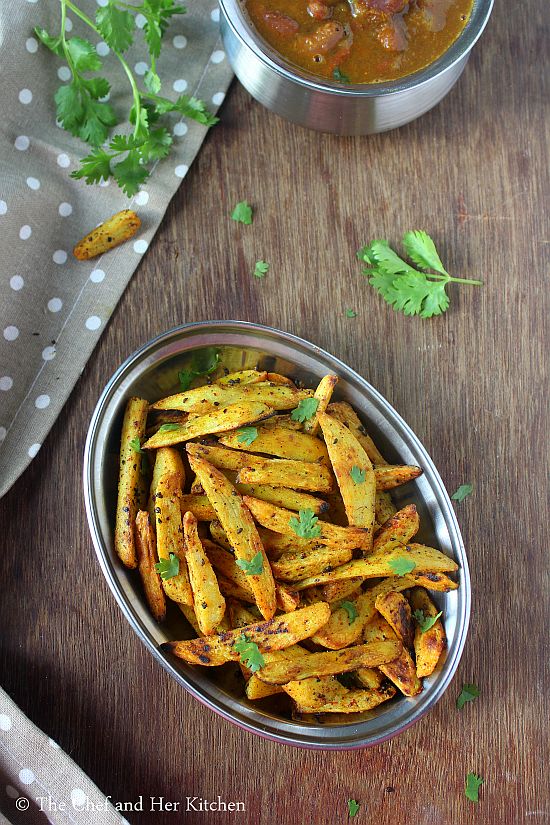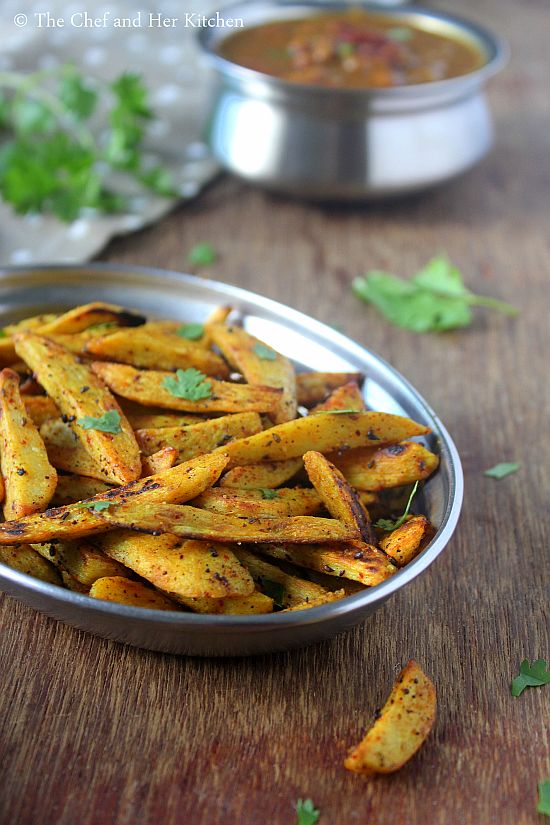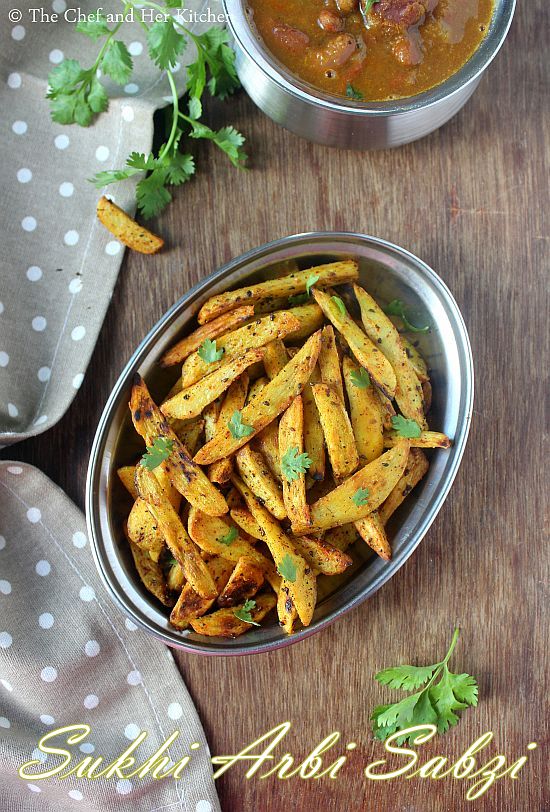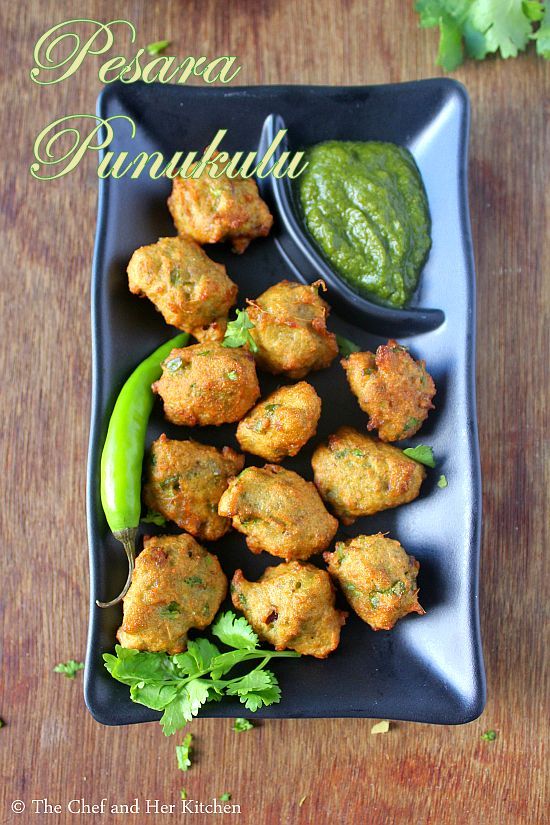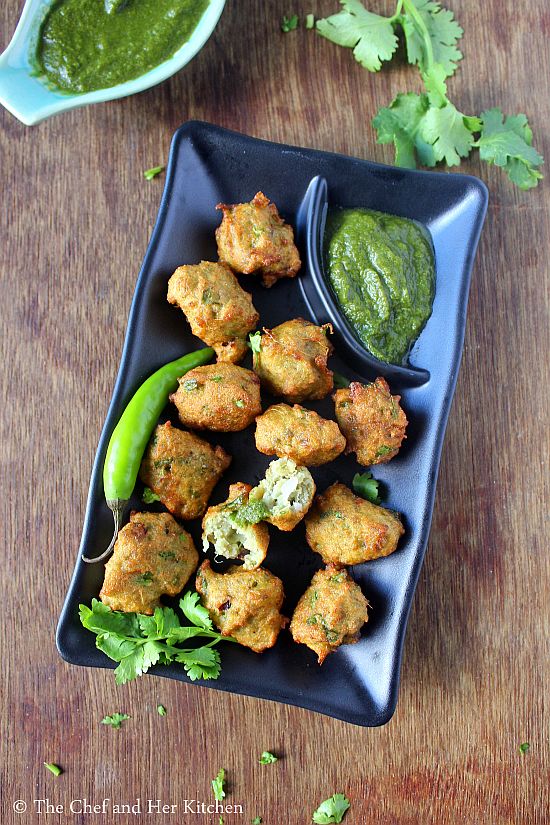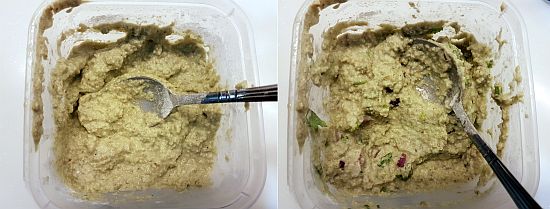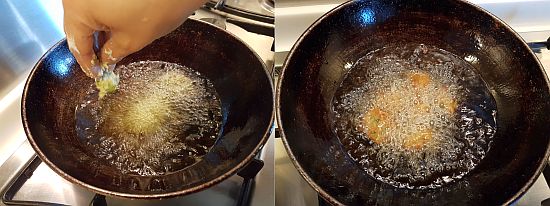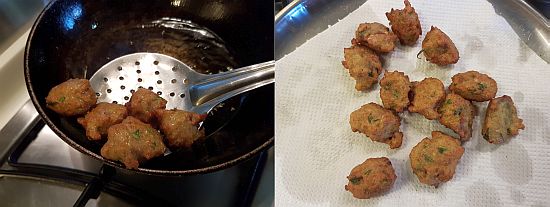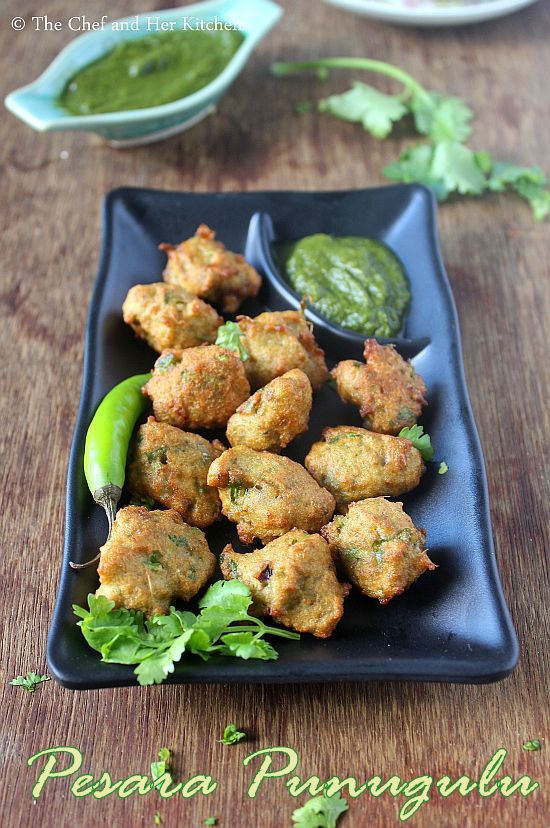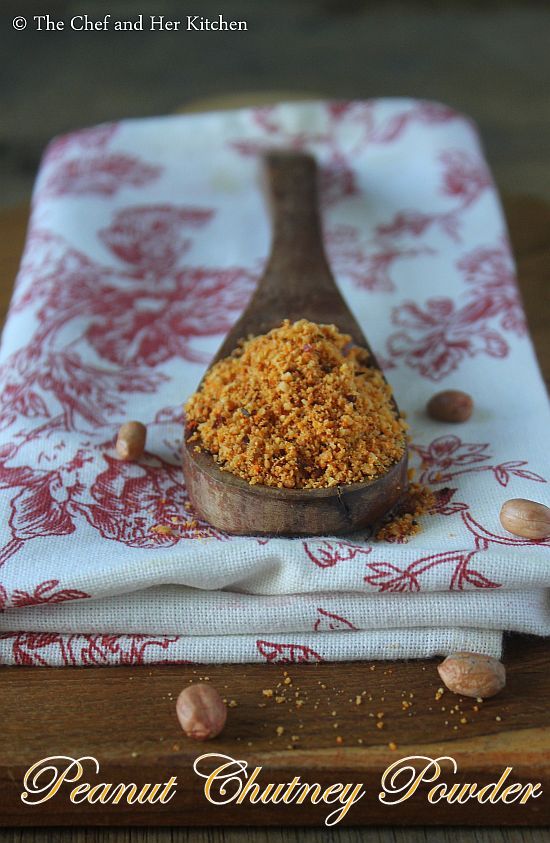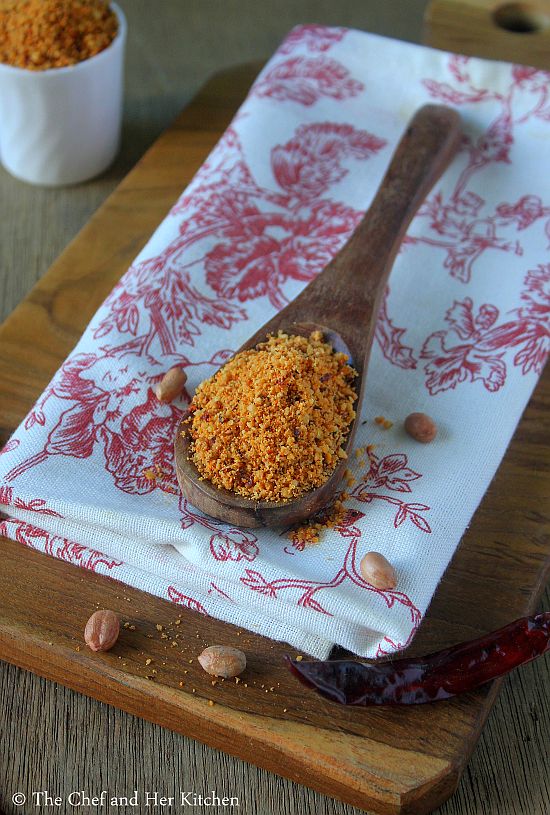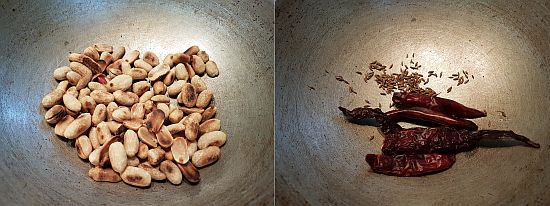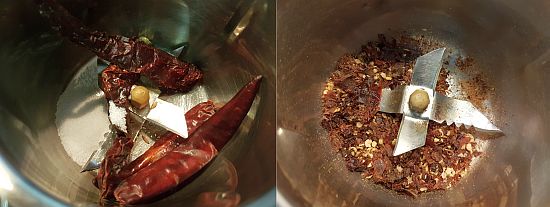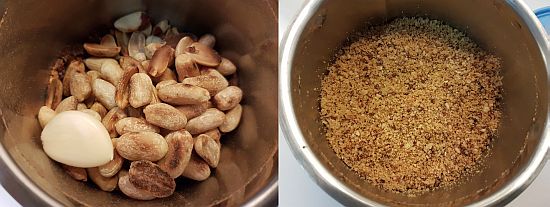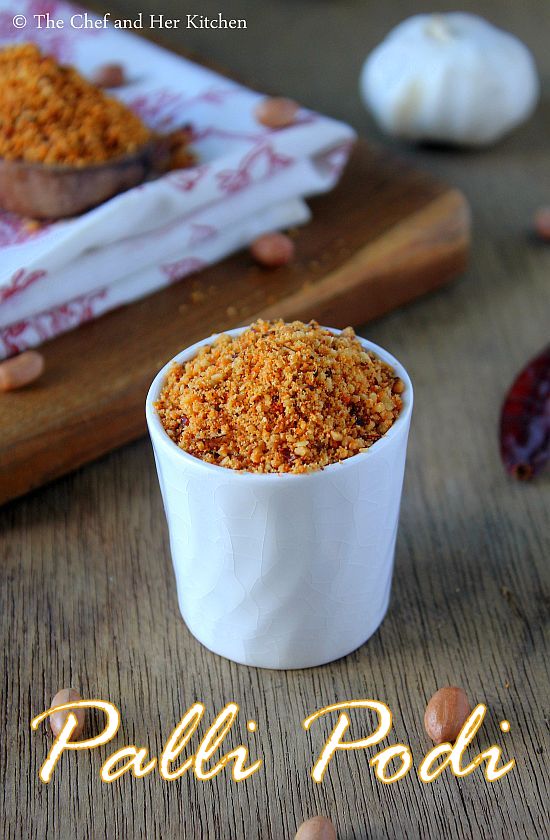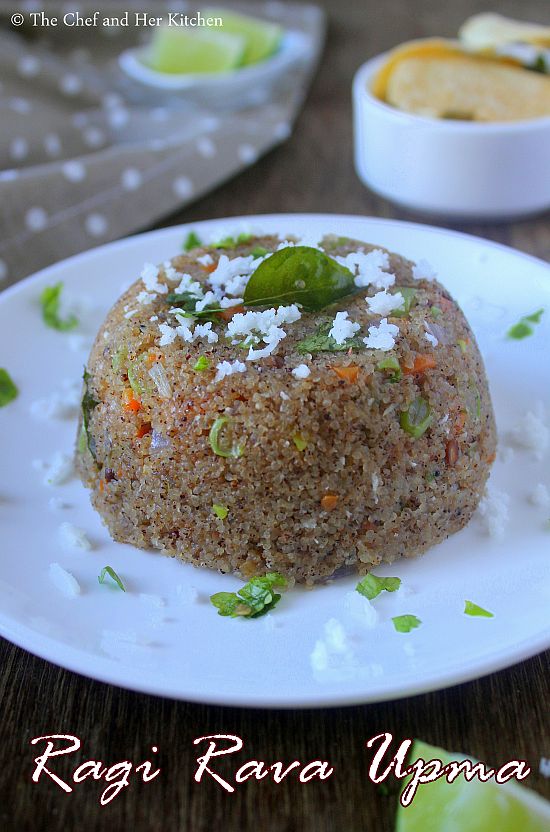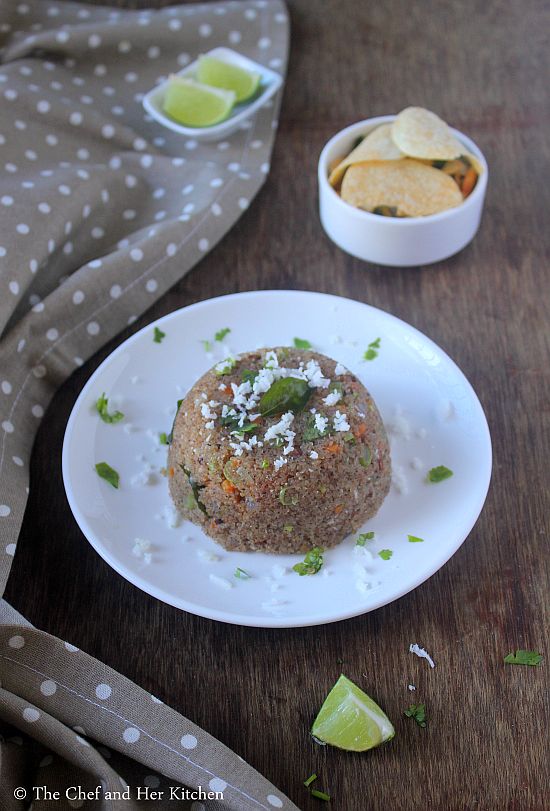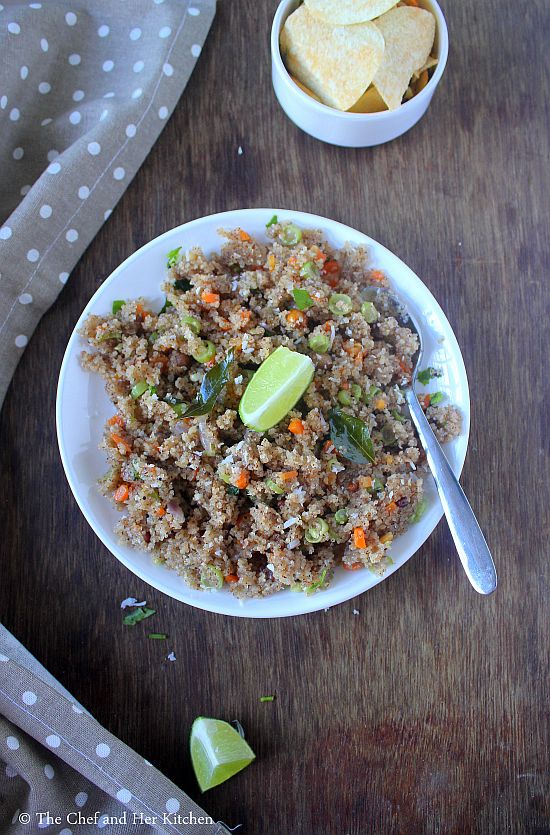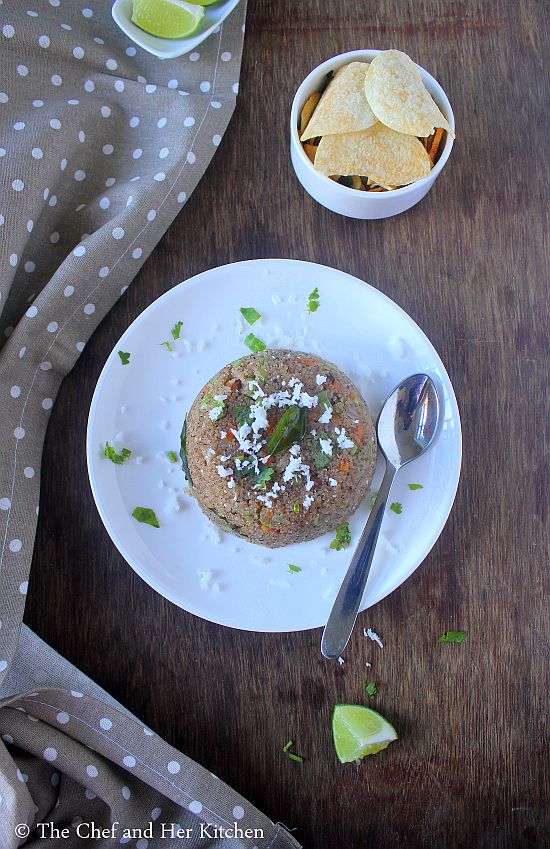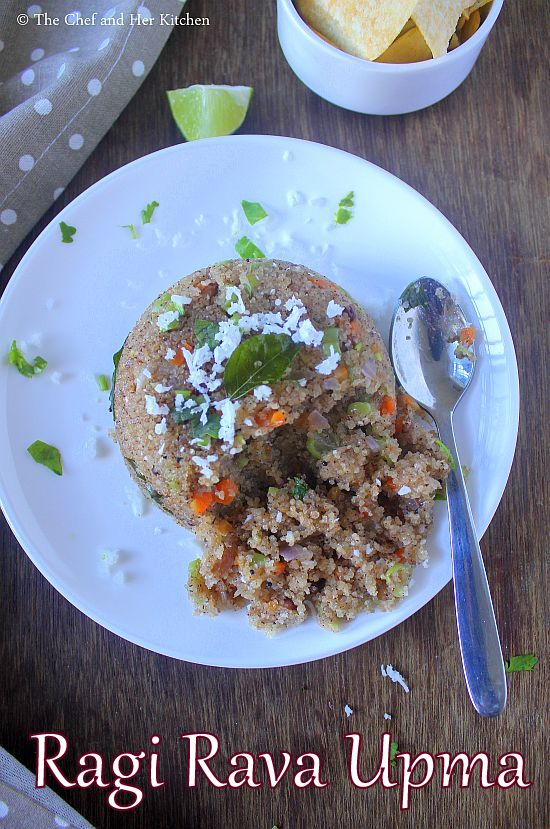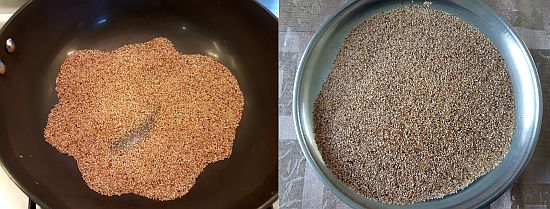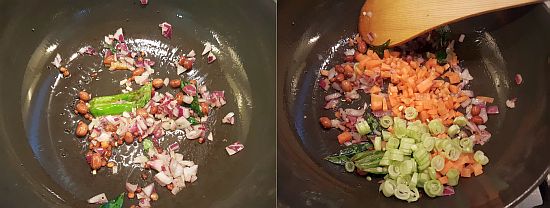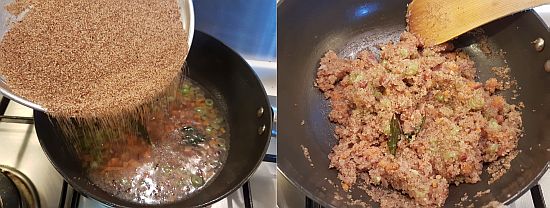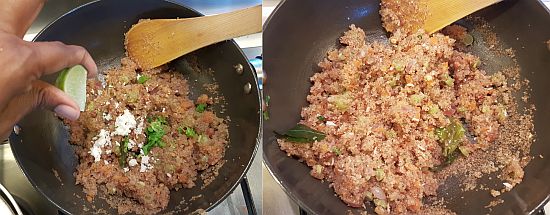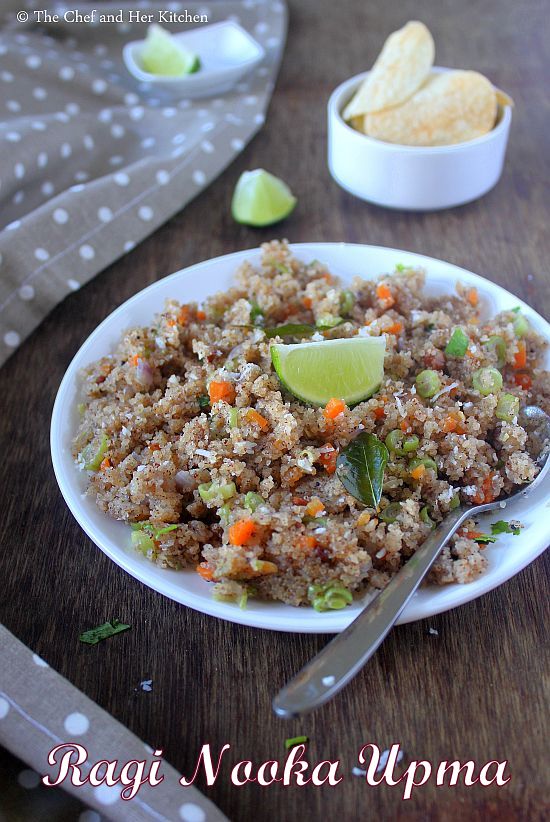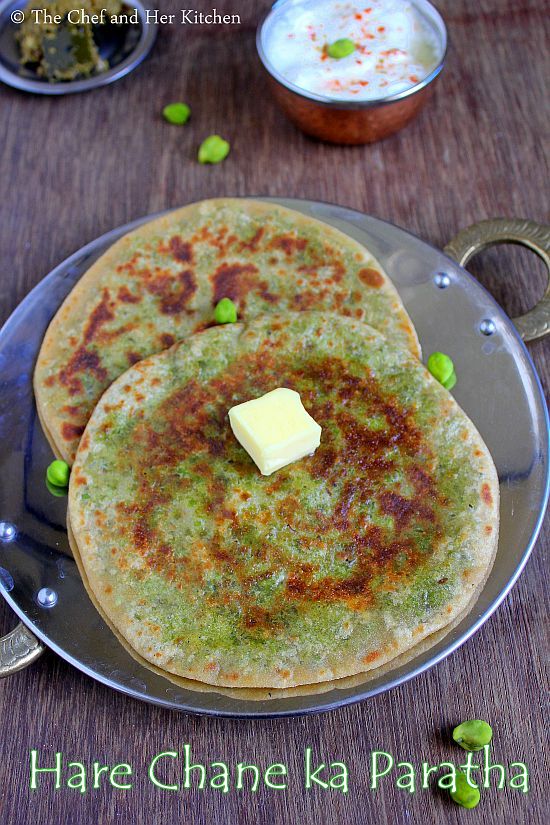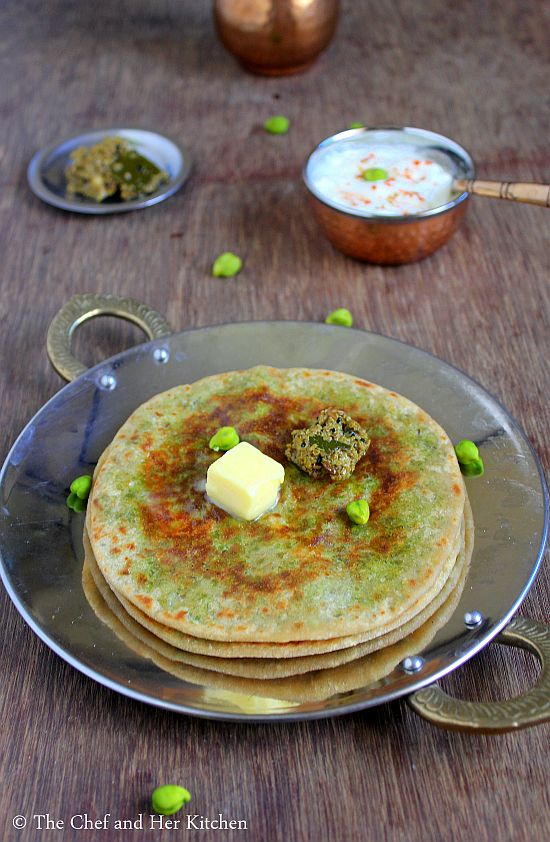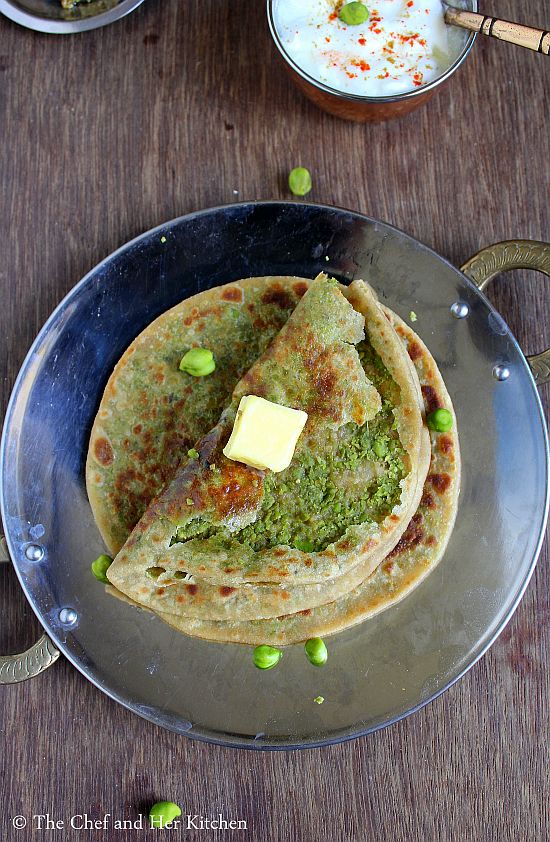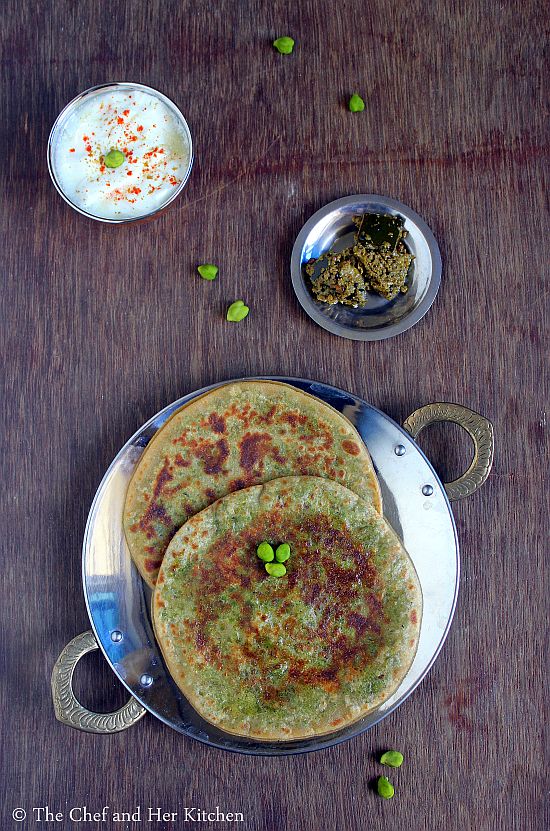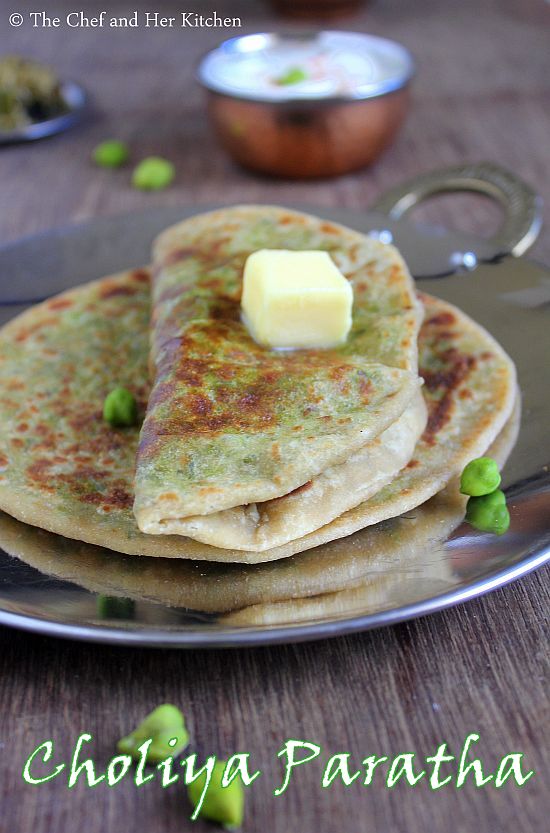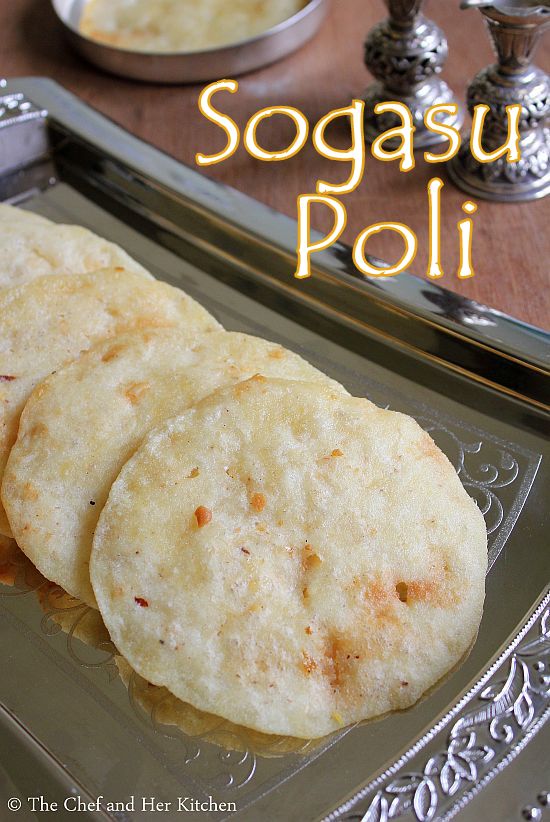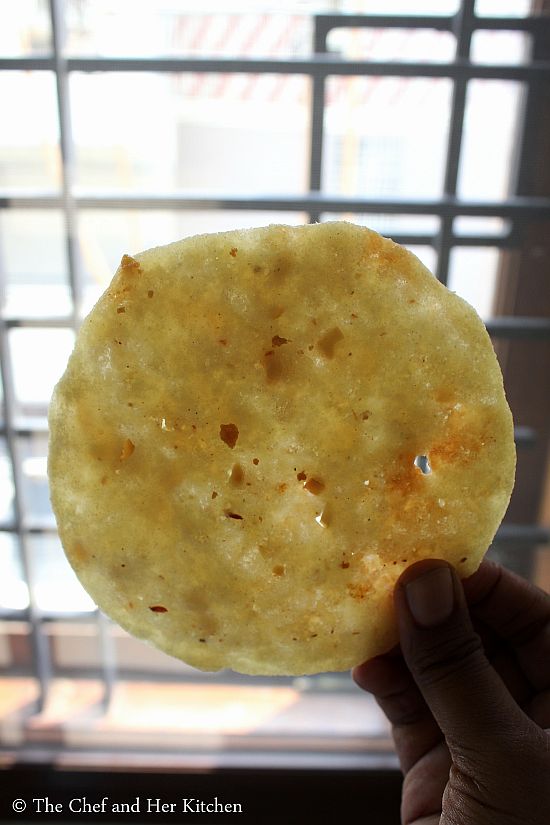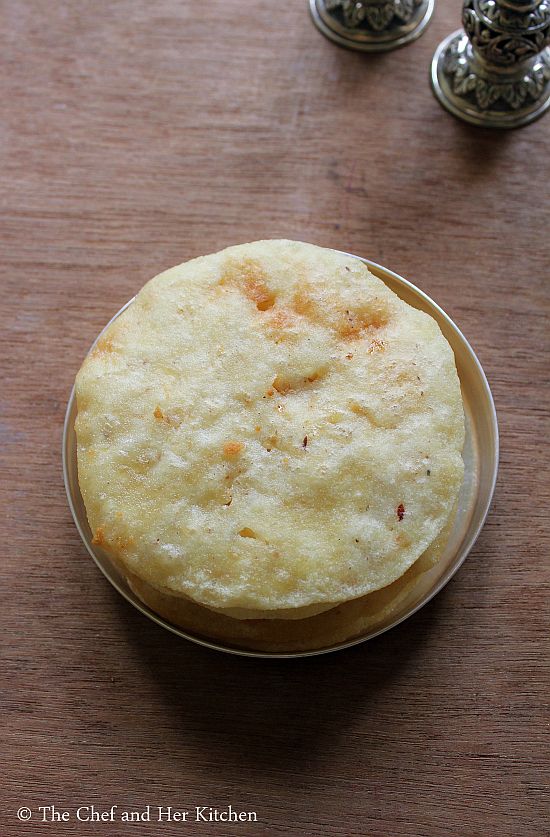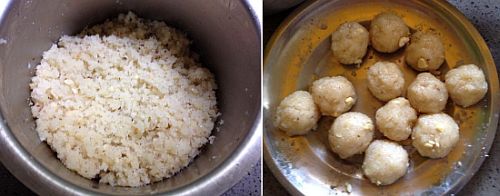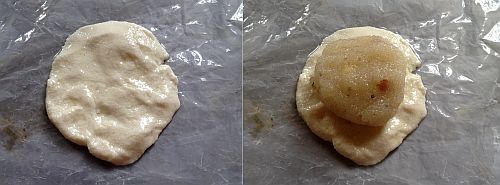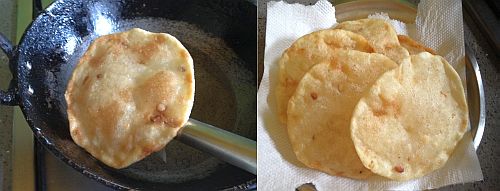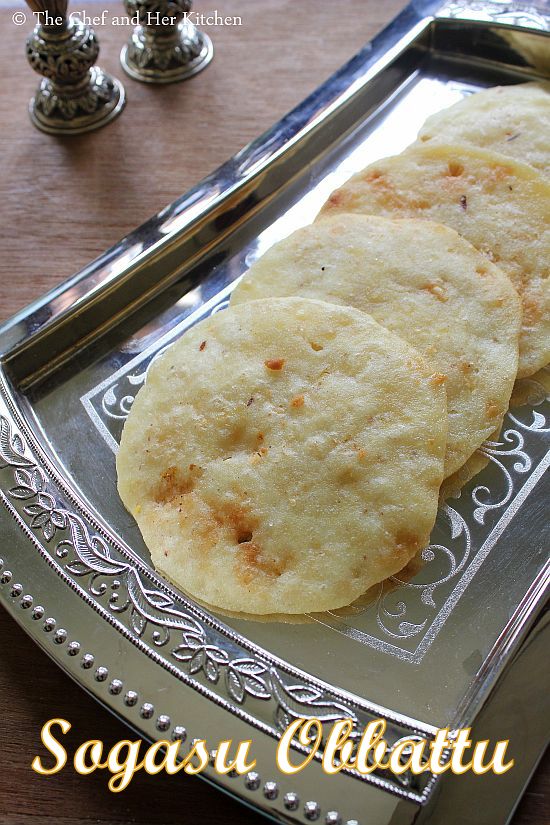Colocasia(Arbi) is one of my favorite vegetable and I always end up preparing simple Chamadumpa Vepudu(Arbi fry) with it which is a typical Andhra preparation that goes well with the rice.I love to eat arbi mostly in the dry form like Chamadumpa Vepudu, Arbi ki bhujia or sukhi Arbi or Arbi Tikka but if you are looking for gravies you can check out this Arbi ka Salan recipe too.
We usually prepare arbi fry in a simple way - we boil the arbi and then it is peeled,cut and fried(deep fried or shallow fried) and sprinkle with simple spices.But today I am posting a preparation where we use raw arbi to make this stir fry.I got to know about this preparation of North Indian style arbi ki bhujia only through my cook when we were in Mumbai and we absolutely loved it.I usually prepare it as a side dish when we prepare heavy gravies like chole or rajma and that combination works great with rotis.It tastes even nice with rice and dal too.Now off to the recipe.
Arbi Ki Bhujia | Dry Arbi Sabzi Recipe:
We usually prepare arbi fry in a simple way - we boil the arbi and then it is peeled,cut and fried(deep fried or shallow fried) and sprinkle with simple spices.But today I am posting a preparation where we use raw arbi to make this stir fry.I got to know about this preparation of North Indian style arbi ki bhujia only through my cook when we were in Mumbai and we absolutely loved it.I usually prepare it as a side dish when we prepare heavy gravies like chole or rajma and that combination works great with rotis.It tastes even nice with rice and dal too.Now off to the recipe.
Arbi Ki Bhujia | Dry Arbi Sabzi Recipe:
Serves 2-3 | Author: Prathibha
Prep time: 15 mins | Cooking time; 20 mins | Total time: 35 mins
Cuisine: North Indian | Category: Main Course-Side dish
Ingredients:
250 gms Arbi/Colocasia
1.5 tsp Carom seeds(Ajwain)
1 tsp Red Chili powder
1/2 tsp Turmeric powder
1.5 -2 tsp Amchur powder(Dry Mango powder)
Salt to taste
2 tbsp Mustard Oil(or any regular oil)
Lemon wedges, to serve
Method:
- Wash the colacassia nicely and scrape the skin off using a knife and wash them thoroughly again. I would suggest you to wear gloves for this step as arbi gives itchiness to the skin.
- Cut arbi into thin slices length wise and cut them into strips looking like thin french fries.
- Heat oil in a flat pan and add carom seeds and let them sizzle and then add cut arbi strips and fry them well for 12-15 mins until you see them turning brown in color and got cooked thoroughly inside.
- Add salt, red chili powder, turmeric powder and amchur powder and mix well and let it cook for a couple of minutes more.
- Switch off the flame and let them rest for an hour two.
- Heat them over medium flame until they turn crispy again and serve.
Serve it with phulkas/rotis/parathas or rice along with lemon wedges. The addition of lemon reduces the itchiness caused by the arbi sometimes.
Notes:
- It is a simple stir fry recipe where the flavors play a major role.The addition of mustard oil, carom seeds and amchur powder gives its own taste to this stir fry.
- I suggest you to add more amchur powder than regular as it helps in reducing the itchiness created by arbi.Also, it is suggested to let the curry sit for an hour or two else it might cause itchiness to yur throat when eaten fresh.

